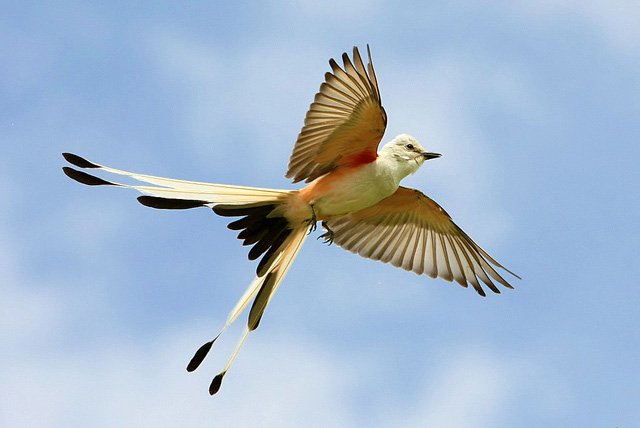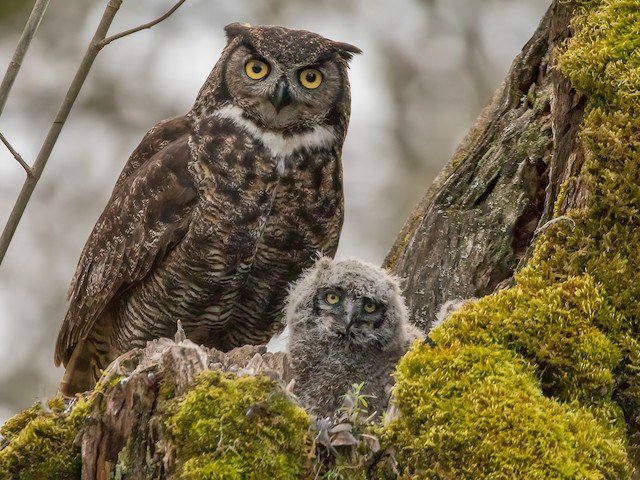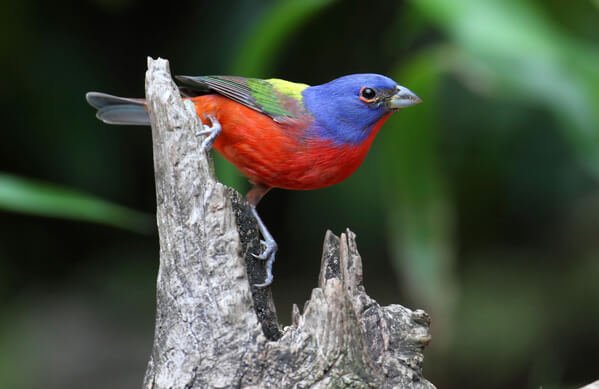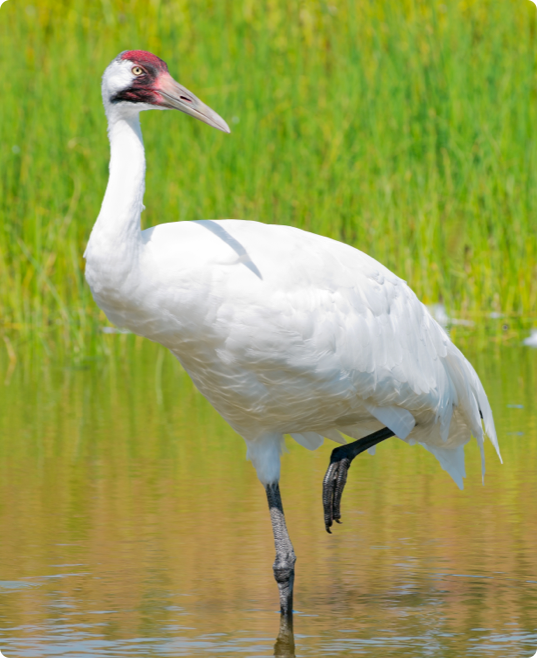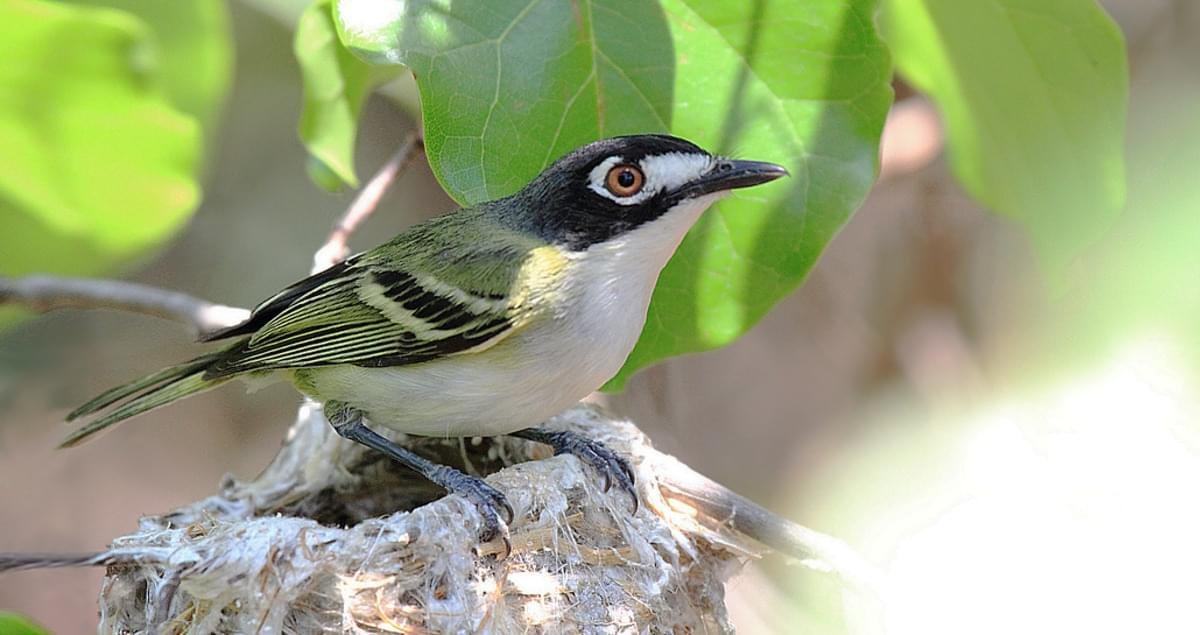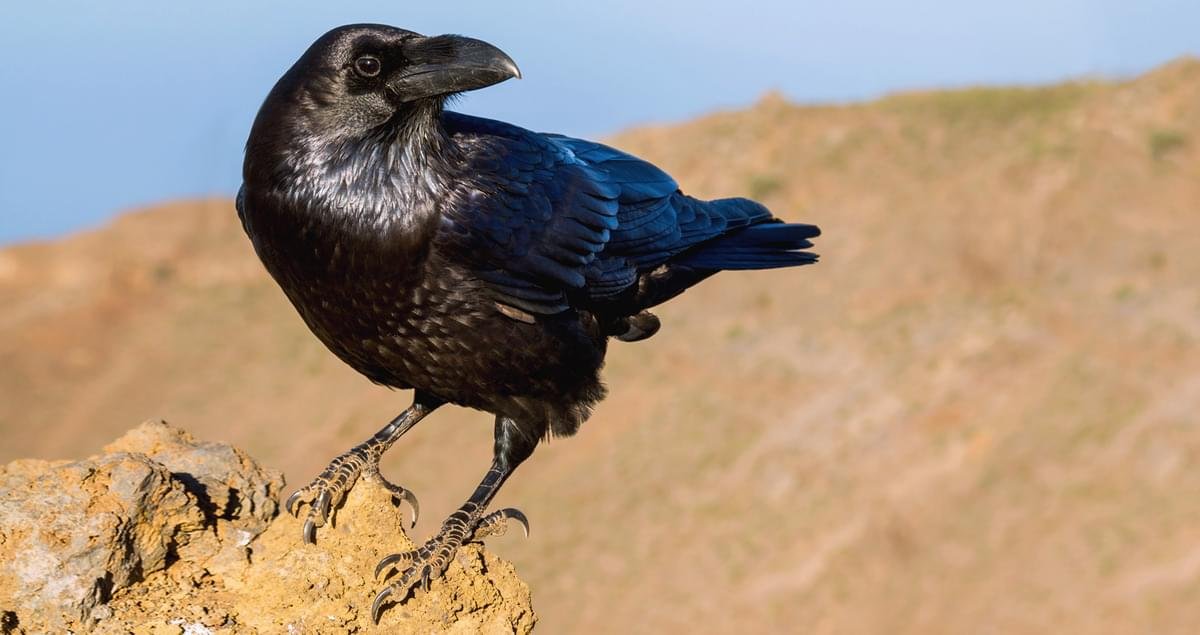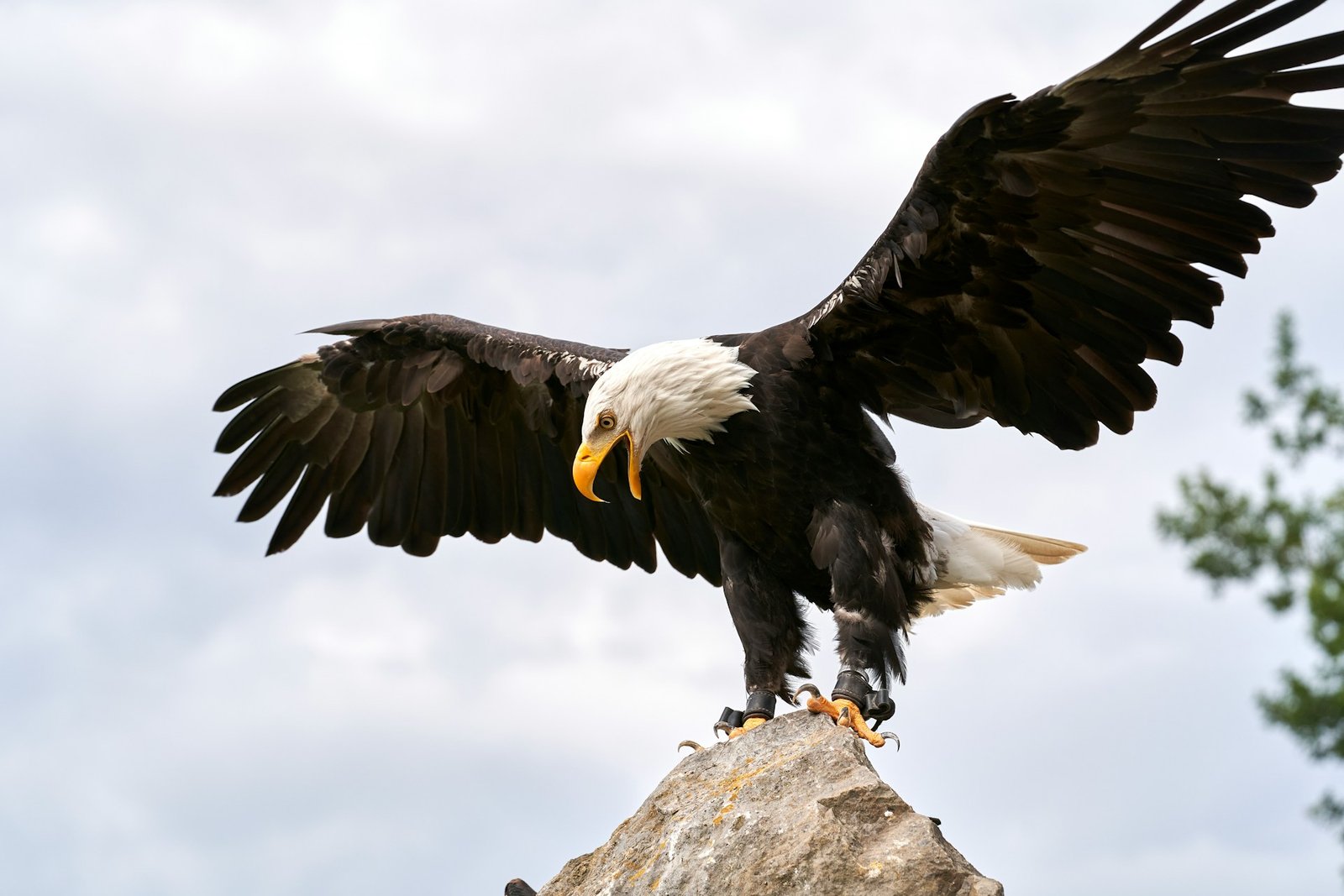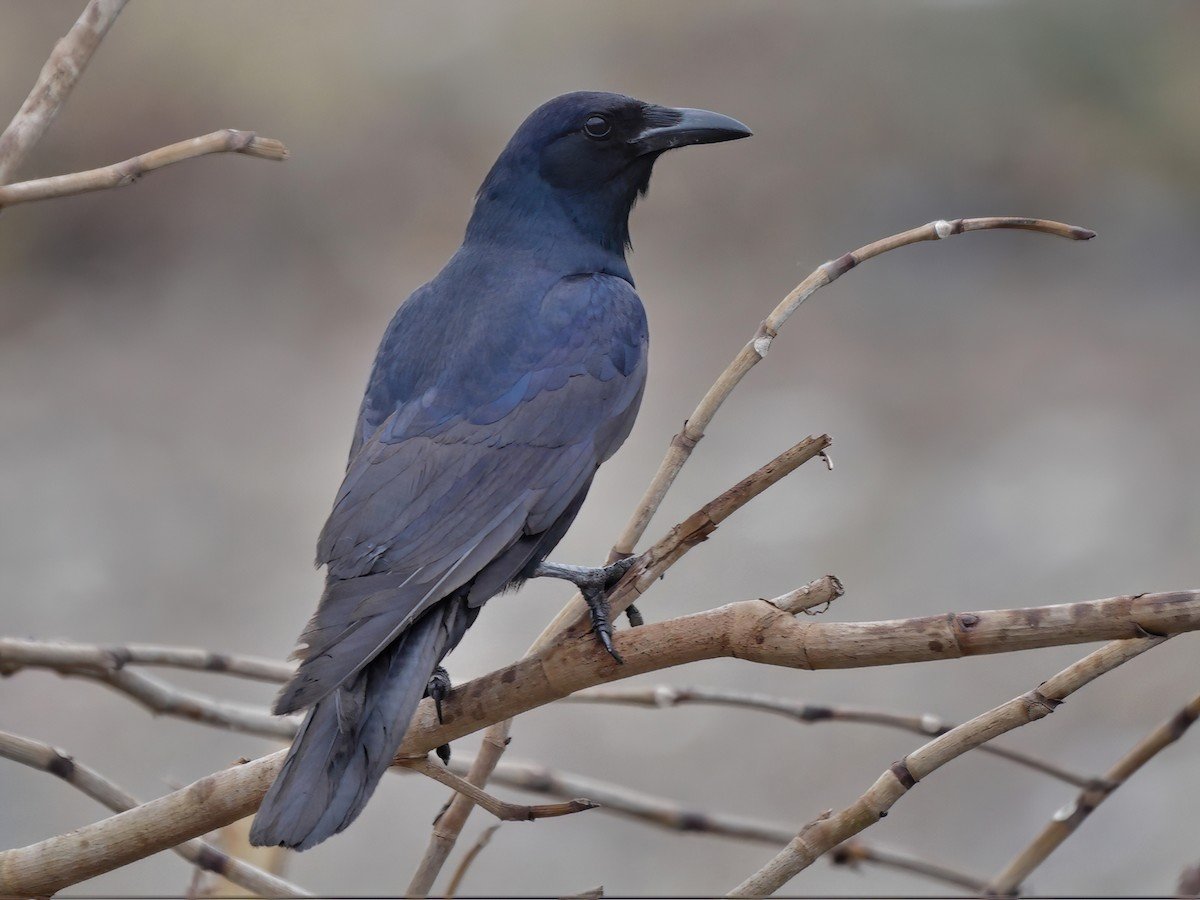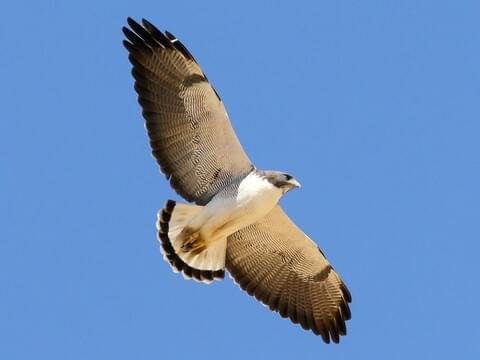Top 15 Birds You’ll See in Texas
By Avian Feathers Team
Published April 2025
Texas is a paradise for bird lovers. With its wide range of landscapes, from piney woods and deserts to coastal marshes and hill country, it’s no surprise the state hosts more bird species than any other in the U.S. Whether you’re birding in your backyard or exploring a state park, you’re bound to spot some fascinating feathered friends. Here are 15 standout birds you’ll want to look for across Texas.
1. Scissor-tailed Flycatcher
Scientific name: Tyrannus forficatus
Lifespan: 5–10 years
Size: 9–15 in / 23–38 cm
Wingspan: 14–16 in / 36–41 cm
Status: Least Concern
The Scissor-tailed Flycatcher is one of Texas’s most striking birds. It has pale gray plumage with salmon-pink sides and incredibly long tail feathers that open and close like scissors in flight. Common in open fields and pastures, it feeds on flying insects and often perches on wires. This bird is also the official state bird of Oklahoma but is a familiar sight across Texas in spring and summer.
2. Great Horned Owl
Scientific name: Bubo virginianus
Lifespan: 13–15 years (wild)
Size: 18–25 in / 46–64 cm
Wingspan: 39–57 in / 99–145 cm
Status: Least Concern
Known for its tufted “horns” and deep hoots, the Great Horned Owl is a powerful nighttime hunter. It lives in forests, deserts, and even cities. This owl feeds on mammals, birds, and reptiles, using its strong talons to capture prey. Its fierce look and silent flight make it a favorite among night birders.
3. Painted Bunting
Scientific name: Passerina ciris
Lifespan: 5–6 years
Size: 4.7–5.5 in / 12–14 cm
Wingspan: 8.3–9.1 in / 21–23 cm
Status: Near Threatened
Often called the most beautiful bird in North America, the male Painted Bunting looks like a rainbow come to life with its blue head, green back, and red belly. These buntings breed in Texas and are best seen in brushy fields and woodland edges. The females are olive-green and more camouflaged, but just as interesting to spot.
4. Crested Caracara
Scientific name: Caracara plancus
Lifespan: 15–20 years
Size: 19–23 in / 48–58 cm
Wingspan: 47–52 in / 120–132 cm
Status: Least Concern
The Crested Caracara is a bold and unusual raptor that looks like a mix between a hawk and a vulture. Found mostly in South Texas, it prefers open country and feeds on carrion, small animals, and even insects. It has a black cap, white neck, and a striking orange face. This bird is often seen walking on the ground, making it easy to spot.
5. Green Jay
Scientific name: Cyanocorax yncas
Lifespan: 10–11 years
Size: 11–12 in / 28–30 cm
Wingspan: 14–15 in / 35–38 cm
Status: Least Concern
Only found in far southern Texas, the Green Jay is a colorful tropical bird with bright green, blue, yellow, and black feathers. It lives in dense woodlands and is known for its intelligence and loud calls. These social birds often travel in small groups and are a treat to see in places like the Rio Grande Valley.
6. Whooping Crane
Scientific name: Grus americana
Lifespan: 22–30 years
Size: 52 in / 132 cm
Wingspan: 87 in / 221 cm
Status: Endangered
The tallest bird in North America, the Whooping Crane is a rare and majestic sight. These birds winter along the Texas coast, especially in Aransas National Wildlife Refuge. With white plumage, black wingtips, and a red crown, they stand out in marshes and wetlands. Thanks to conservation efforts, their numbers are slowly increasing.
7. Black-capped Vireo
Scientific name: Vireo atricapilla
Lifespan: 4–6 years
Size: 4.5 in / 11 cm
Wingspan: 6.7 in / 17 cm
Status: Least Concern (formerly Endangered)
This small bird was once nearly extinct, but habitat protection in Texas has helped it recover. It has a black cap, white belly, and olive back. Black-capped Vireos breed in Central and West Texas, especially in shrubby areas. Their song is a quick series of cheerful notes, often heard before the bird is seen.
8. Common Raven
Scientific name: Corvus corax
Lifespan: 10–15 years
Size: 22–27 in / 56–69 cm
Wingspan: 45–51 in / 115–130 cm
Status: Least Concern
The Common Raven is larger and deeper-voiced than a crow, with a shaggy throat and powerful flight. Found in western Texas, especially near cliffs and canyons, it’s known for intelligence and problem-solving. These birds can mimic sounds and often fly in pairs or small groups.
9. Bald Eagle
Scientific name: Haliaeetus leucocephalus
Lifespan: 20–30 years
Size: 28–40 in / 71–102 cm
Wingspan: 70–90 in / 178–229 cm
Status: Least Concern
The national bird of the United States, the Bald Eagle is found near lakes and rivers across Texas, especially in winter. Adults have white heads and tails with dark bodies, while juveniles are brown. They hunt fish but also scavenge. Seeing one soar overhead is a highlight for any birder.
10. Hook-billed Kite
Scientific name: Chondrohierax uncinatus
Lifespan: 8–10 years
Size: 18 in / 46 cm
Wingspan: 30–40 in / 76–102 cm
Status: Least Concern
A rare find even in South Texas, the Hook-billed Kite is named for its sharply curved beak, perfect for eating snails. It lives in dense, tropical woodlands near the Rio Grande. Though hard to spot, its graceful flight and unusual shape make it unforgettable if you’re lucky enough to see one.
11. Ferruginous Pygmy-Owl
Scientific name: Glaucidium brasilianum
Lifespan: 6–7 years
Size: 6.5–7 in / 16–18 cm
Wingspan: 15 in / 38 cm
Status: Least Concern
This tiny owl is fierce for its size. It has reddish-brown feathers and “false eyes” on the back of its head to confuse predators. Found in thorny scrub and dry woodlands of southern Texas, it hunts insects and small birds. Unlike many owls, it is active during the day.
12. Texas Indigo Bunting
Scientific name: Passerina cyanea
Lifespan: 3–10 years
Size: 4.5–5.9 in / 11.5–15 cm
Wingspan: 7.5–8.7 in / 19–22 cm
Status: Least Concern
While the Indigo Bunting is widespread in the eastern U.S., Texas hosts many during migration and breeding. Males are a glowing blue in sunlight, while females are brown. These songbirds prefer weedy fields and edges of forests. Their cheerful warbling is a sure sign of spring.
13. Audubon’s Oriole
Scientific name: Icterus graduacauda
Lifespan: 6–8 years
Size: 8.5–9.4 in / 21.5–24 cm
Wingspan: 13 in / 33 cm
Status: Near Threatened
A South Texas specialty, Audubon’s Oriole has a yellow body, black head and wings, and a long tail. It favors dense woodlands and is often shy. Unlike other orioles, it tends to stay in one place year-round. Its soft whistle is a key way to detect it nearby.
14. Tamaulipas Crow
Scientific name: Corvus imparatus
Lifespan: 10–12 years
Size: 15 in / 38 cm
Wingspan: 31 in / 79 cm
Status: Least Concern
This crow is mostly found near the Rio Grande in extreme southern Texas. It is smaller and more slender than the American Crow, with a nasal call that sounds more like a duck than a crow. It lives in open scrub and farmland, often foraging in small flocks.
15. White-tailed Hawk
Scientific name: Geranoaetus albicaudatus
Lifespan: 12–16 years
Size: 18–22 in / 46–56 cm
Wingspan: 46–56 in / 117–142 cm
Status: Least Concern
The White-tailed Hawk is a large raptor of South Texas’s open plains and coastal prairies. Adults are gray above with a white belly and a striking white tail tipped in black. They soar gracefully and hunt small mammals, birds, and reptiles. They’re often seen perched on fence posts or gliding over grasslands.
Texas is a birding treasure, full of color, character, and rare species you won’t find anywhere else. From the vibrant flash of a Painted Bunting to the soaring grace of a Whooping Crane, these 15 birds highlight the rich diversity of the Lone Star State.
Whether you’re exploring the Gulf Coast, Hill Country, or the Rio Grande Valley, birdwatching in Texas is always an adventure. Grab your binoculars and discover the wild beauty of Texas, one bird at a time.
Where to Go Birding in Texas
Texas is a dream destination for birders thanks to its diverse habitats and vast size. Here are some of the best places to go birdwatching:
- Rio Grande Valley – A tropical hotspot with Green Jays, Altamira Orioles, and Hook-billed Kites.
- Aransas NWR – Best place to see wintering Whooping Cranes along with egrets and raptors.
- Big Bend NP – Desert and mountain birds like the Colima Warbler and Common Raven.
- High Island – A famous Gulf Coast stopover for spring migrants like warblers and orioles.
- Hill Country – Home to Black-capped Vireos, Painted Buntings, and Golden-cheeked Warblers.
Grab your binoculars, pack some water, and head out into the wild spaces of Texas. The birds of the Lone Star State are ready to amaze you!

